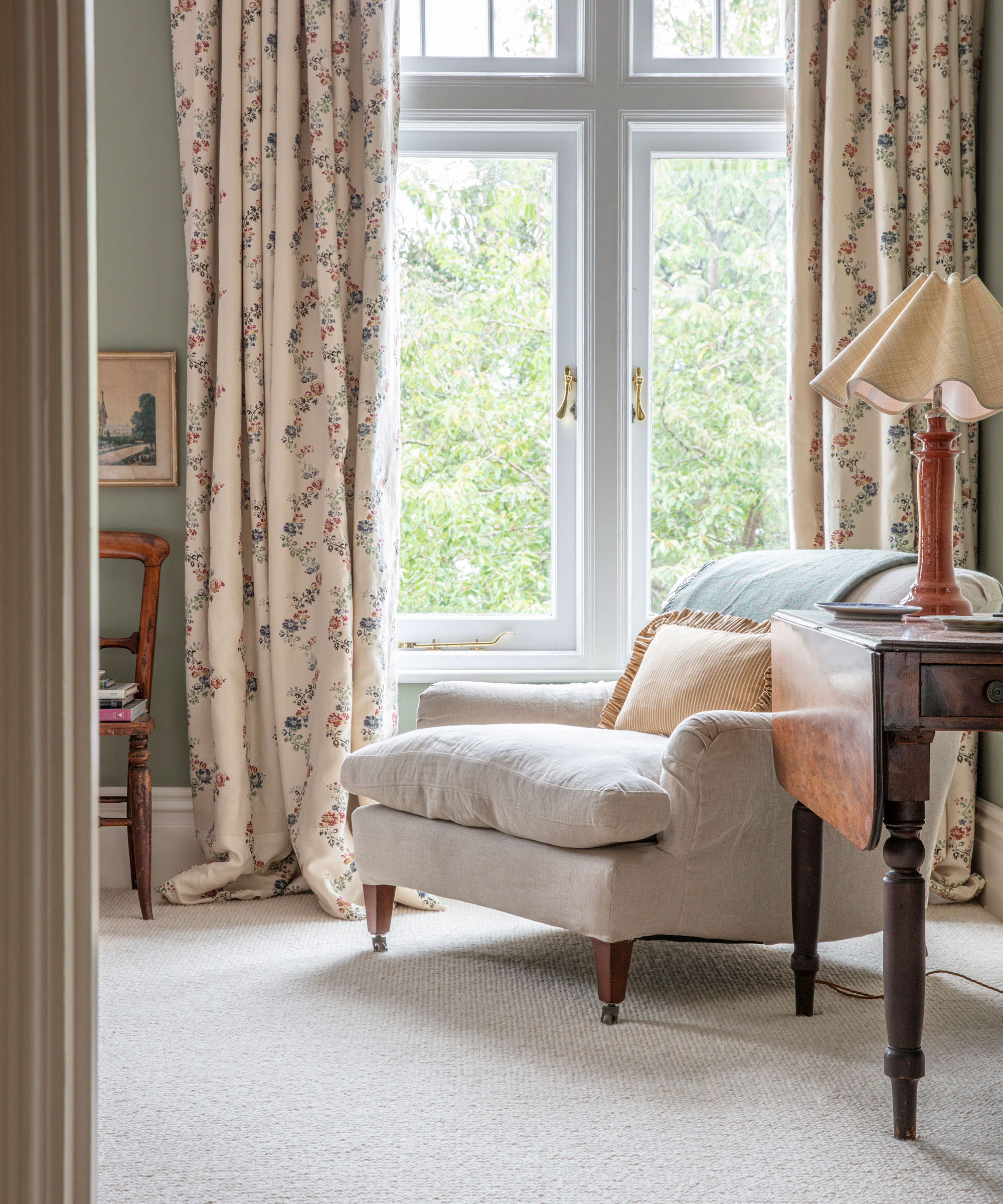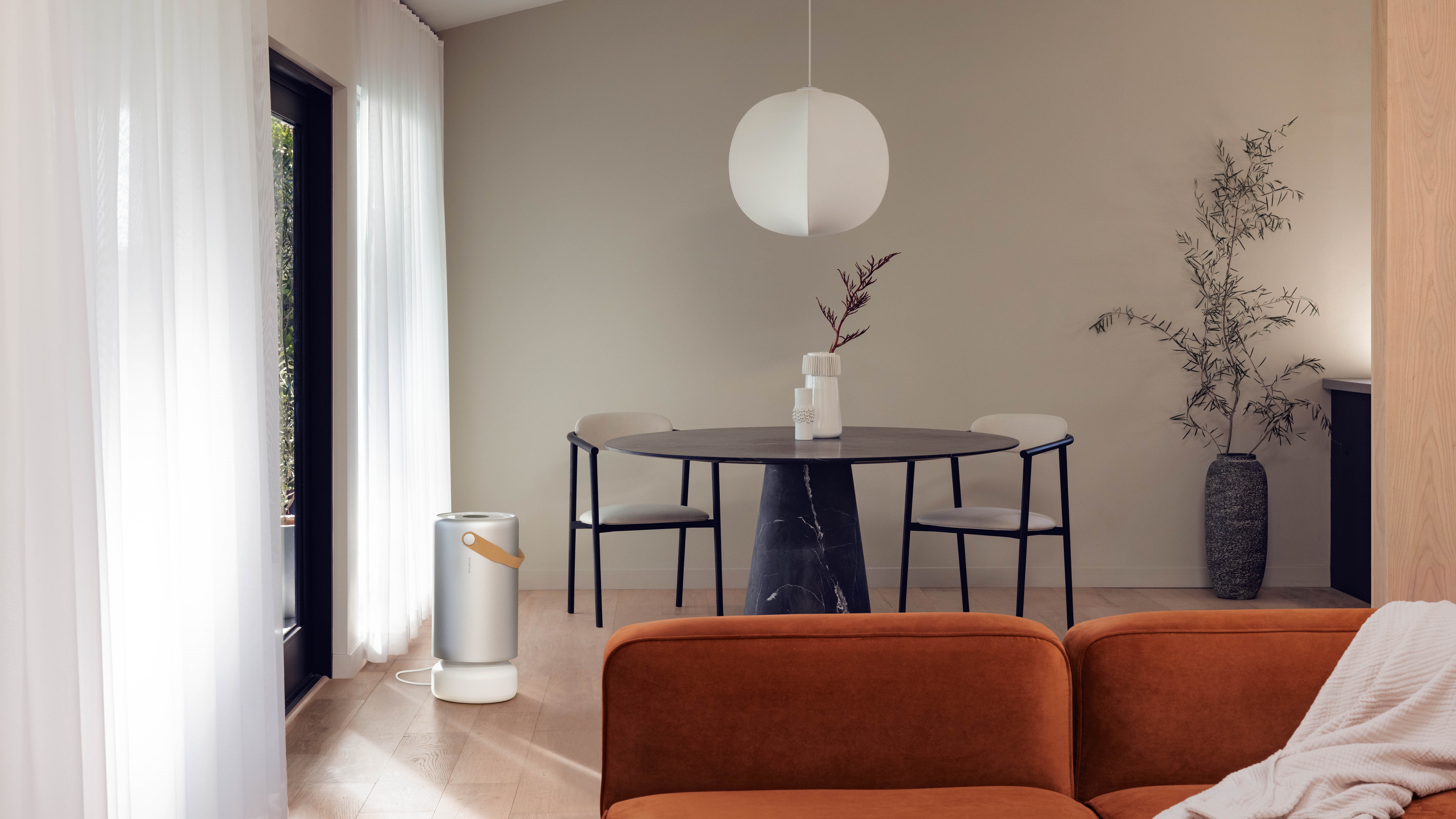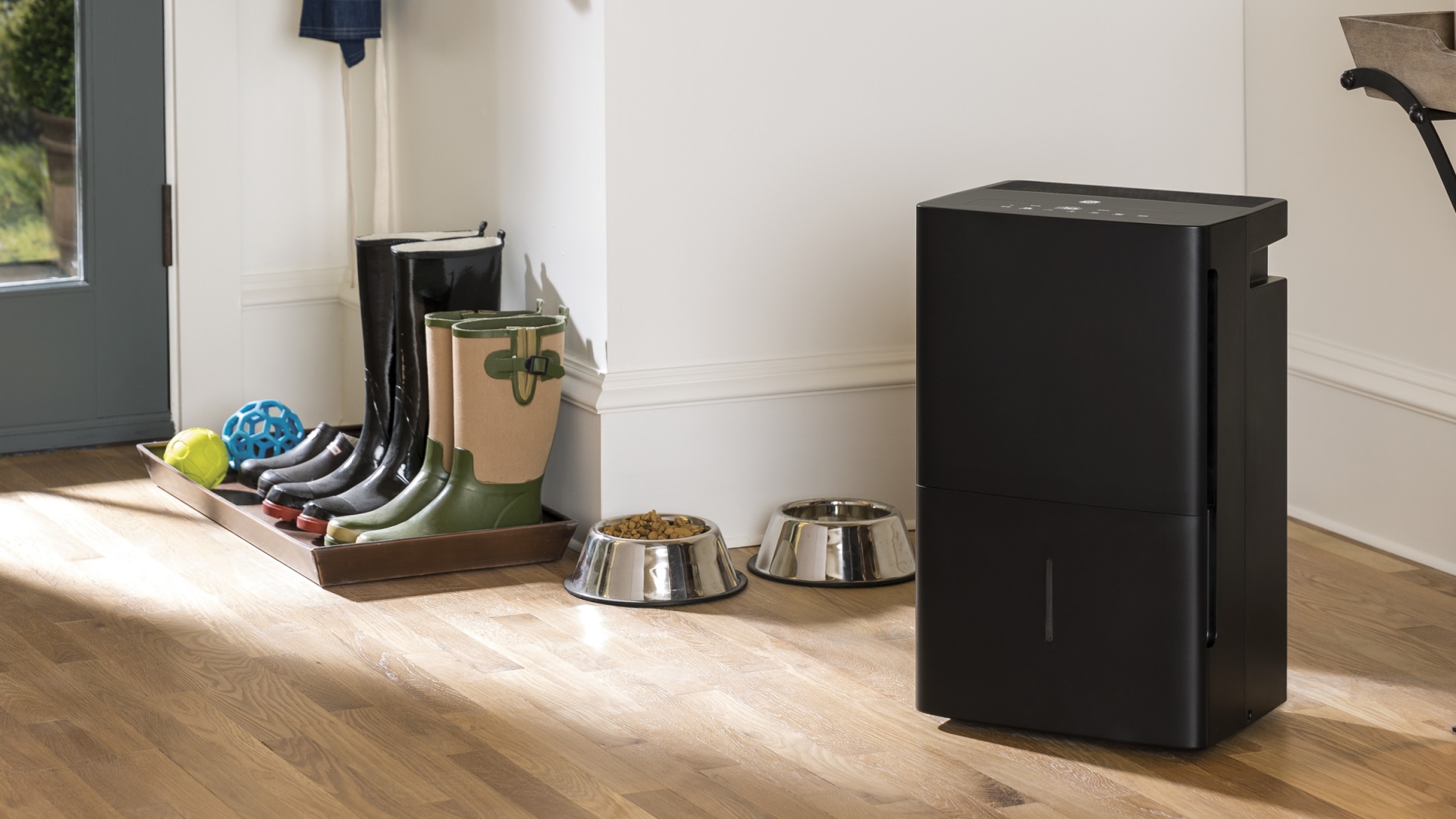How to get rid of dust mites – 7 spaces they invade (including your bed) and what to do about it
Learn how to get rid of dust mites to ease allergies and reduce your exposure to pesky bugs


Dust mites may not cause many people serious harm but their presence can often be troublesome for those with allergies. When a reaction flares up, many people find themselves asking how to get rid of dust mites.
Dust mites thrive inside your home including in mattresses and they are often unavoidable. Knowing how to get rid of these bugs and how to clean a mattress is, therefore, much more effective than prevention – something that cannot be said for many household pests.
Here, we look at expert advice for reducing the number of dust mites in your home so that you can take a break from your allergies.
How to get rid of dust mites
They’re so minuscule that they cannot be seen by the naked eye and you will likely be aware of the need to get rid of dust mites due to a flare-up of allergies or a visible allergic reaction.
'These microscopic bugs live anywhere there is fabric such as your upholstery, mattresses, bedding, carpets and rugs, and curtains,' says Rachel Crow, garden editor at Homes & Gardens. 'One of the best ways to manage dust mites is to regularly use cleaning tips around your home to reduce the amount of dust and dirt that accumulates.'
1. Vacuum regularly

One of the best ways to get rid of dust mites is to vacuum regularly. 'Make sure you are vacuuming your floors, especially carpets and rugs, around your home as well as your bed, sofas, and other upholstery where possible,' Rachel recommends. 'Vacuum after dusting and wiping down surfaces to catch any disturbed dust as soon as it settles.'
Consider investing in one of the best cordless vacuum cleaners to make cleaning your furniture easier and more convenient to encourage you to vacuum your home more frequently.
Design expertise in your inbox – from inspiring decorating ideas and beautiful celebrity homes to practical gardening advice and shopping round-ups.
If you have carpet anywhere in your home, it is worth knowing how to deep clean a carpet in order to give it a thorough cleanse. It may be that you need to shampoo your carpet throughout the year if you have particularly bad allergies.
2. Invest in a steam cleaner for upholstery

Upholstery and window treatments from curtain ideas to fabric blinds can provide a home for dust mites, so purchasing one of the best steam cleaners and steam mops will help to rid your window dressings and furniture as well as your floors of dust mites quickly as well as freshening up your home.
Steam cleaners are particularly useful for deep cleaning a mattress as part of the routine of cleaning a bedroom. Make sure you allow the mattress to dry thoroughly after steaming to prevent mold growth which can cause allergies or other health issues.
3. Wash your bedding correctly to get rid of dust mites

'Given that we use our bedding every night it is important to be clear on how often to change bedsheets and learn how to wash your bedsheets correctly,' says Homes & Gardens’ Rachel Crow. 'This helps your bedding to last longer as well as kill any bugs such as dust mites or bacteria that thrive on it.'
Wash your bedding in the hottest cycle you can (check the laundry symbols on the tag) to get rid of dust mites and other bugs. If you have a dryer this will additionally help to remove any stubborn dust mites that have survived the wash.
Be sure to clean other bedding regularly, too. Wash pillows from time to time as well as washing down comforters and washing mattress covers that are designed to be cleaned in this way.
4. Kill dust mites immediately with tea tree oil

Tea tree oil has a range of household uses, one of them being an effective yet natural pest control. This natural oil has antibacterial, antiviral and antifungal properties and when made into a spray can effectively treat dust mites on a range of furniture.
Combine two cups of water with two tablespoons of tea tree oil and two tablespoons of eucalyptus oil in a spray bottle and shake to mix. Spray this solution around your home on your upholstery, bedding, carpets, and rugs at least once per week to keep dust mites at bay and make you home smell fresh.
If you are concerned about using an oil solution on any of your home furnishings, spot check the spray in an inconspicuous area first before committing to using the spray liberally around your home.
5. Move rugs and replace carpets

While rugs and carpets help to warm up a space, they can be a safe haven for dust mites and bugs. If cleaning your carpets and cleaning area rugs is not enough to hold off your allergies, it might be time to consider moving rugs from areas such as the bedroom and replacing carpets with wood flooring ideas that are easier to clean and less inviting to dust mites.
6. Consider an air purifier

An air purifier with a HEPA filter can help in the fight against dust mites, making this bit of equipment ideal for those who have bad allergies.
'Some of the best air purifiers will help to provide instant relief for a range of allergy suffers,' says Rachel. 'What's more, these devices are increasingly being made more stylish and more discrete, making them easier to add into your home without compromising your style too much.'
7. Lower your home's humidity

High humidity encourages mite reproduction so keeping humidity and temperatures lower in the home will discourage multiplication and slow their rate of reproduction. Airing out your home frequently and turning your heating down along with investing in a dehumidifier will discourage dust mites and help allergy sufferers immensely.
What causes dust mites?
'Dust mites are not like typical household pests in that they come from almost everywhere and are impossible to completely remove from your home,' explains garden editor of Homes & Gardens Rachel Crow. 'They are naturally occurring creatures whose minuscule size makes it easy for them to get into homes through tiny gaps, travel in on clothing, animals, or shoes, and multiply exponentially.'
How do you know if you have dust mites?
Dust mites are largely unnoticeable to the vast majority of people. They may, however, cause allergic reactions in some manifesting in runny noses, sneezing, itchy eyes and nose, and other cold-like symptoms that may be alleviated by anti-histamines.
Dust mites do not bite humans as they live off of the dead skin cells that we lose every day so if you do have bites, look elsewhere for the cause.
What kills dust mites instantly?
If you have tried cleaning your home regularly and dust mites are still a persistent issue, try using diatomaceous earth around your home to kill the bugs. Spread this powder carefully on carpets or bedding and leave for a few hours before vacuuming.
It is worth noting that this powder can irritate airways so weak a mask and goggles when using it indoors, and follow the manufacturer’s instructions.

Chiana has been at Homes & Gardens for two years and is our resident 'queen' of non-toxic living. She spends most of her time producing content for the Solved section of the website, helping readers get the most out of their homes through clever decluttering, cleaning, and tidying tips. She was named one of Fixr's top home improvement journalists in 2024.